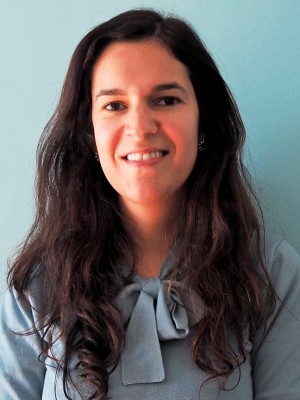abstract
Bacterial nanocellulose (BNC) is becoming an important substrate for engineering multifunctional nanomaterials with singular and tunable properties for application in several domains. Here, antimicrobial conductive nanocomposites composed of poly(sulfobetaine methacrylate) (PSBMA) and BNC were fabricated as freestanding films for application in food packaging. The nanocomposite films were prepared through the one-pot polymerization of sulfobetaine methacrylate (SBMA) inside the BNC nanofibrous network and in the presence of poly(ethylene glycol) diacrylate as cross-linking agent. The ensuing films are macroscopically homogeneous, more transparent than pristine BNC, and present thermal stability up to 265 degrees C in a nitrogen atmosphere. Furthermore, the films have good mechanical performance (Young's modulus >= 3.1 GPa), high water-uptake capacity (450-559%) and UV-blocking properties. The zwitterion film with 62 wt.% cross-linked PSBMA showed bactericidal activity against Staphylococcus aureus (4.3-log CFU mL(-1) reduction) and Escherichia coli (1.1-log CFU mL(-1) reduction), and proton conductivity ranging between 1.5 x 10(-4) mS cm(-1) (40 degrees C, 60% relative humidity (RH)) and 1.5 mS cm(-1) (94 degrees C, 98% RH). Considering the current set of properties, PSBMA/BNC nanocomposites disclose potential as films for active food packaging, due to their UV-barrier properties, moisture scavenging ability, and antimicrobial activity towards pathogenic microorganisms responsible for food spoilage and foodborne illness; and also for intelligent food packaging, due to the proton motion relevant for protonic-conduction humidity sensors that monitor food humidity levels.
keywords
ZWITTERIONIC POLY(SULFOBETAINE METHACRYLATE); PROTONIC CONDUCTIVITY; BACTERIAL; MEMBRANES; NANOCOMPOSITES; BEHAVIOR; NANOPARTICLES; COMPOSITES; NAFION(R); FIBER
subject category
Science & Technology - Other Topics; Materials Science
authors
Vilela, C; Moreirinha, C; Domingues, EM; Figueiredo, FML; Almeida, A; Freire, CSR
our authors
Groups
G3 - Electrochemical Materials, Interfaces and Coatings
G4 - Renewable Materials and Circular Economy
acknowledgements
This work was developed within the scope of the projects CICECO-Aveiro Institute of Materials (UID/CTM/50011/2019) and CESAM (UID/AMB/50017/2019), financed by national funds through the FCT/MEC. The research contract of C.V. is funded by national funds (OE), through FCT-Fundacao para a Ciencia e a Tecnologia, I.P., in the scope of the framework contract foreseen in the numbers 4, 5 and 6 of the article 23, of the Decree-Law 57/2016, of August 29, changed by Law 57/2017, of July 19. The post-doctoral grant of C.M. and research contract of E.M.D. are funded by projects AgroForWealth (CENTRO-01-0145-FEDER-000001) and UniRCell (SAICTPAC/0032/2015, POCI-01-0145-FEDER-016422), respectively. FCT is also acknowledge for the research contract under Stimulus of Scientific Employment 2017 to C.S.R.F. (CEECIND/00464/2017).






